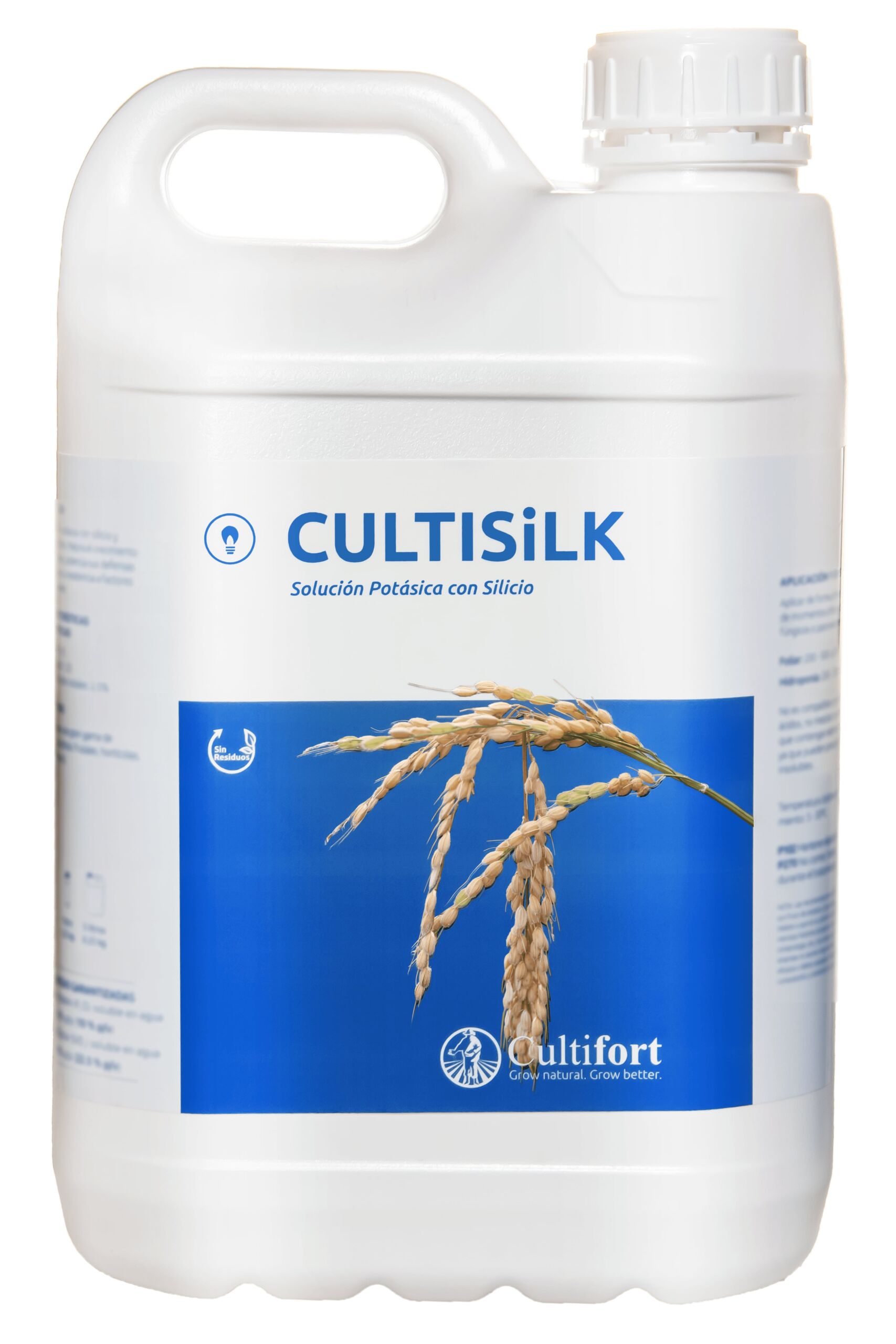What is Monilinia?
Moniliosis is a cryptogamic disease of fruit trees, especially of the genus Prunus, caused by two species known as Monilinia fructigena, which generally affects pome fruits, and Monilinia laxa, which attacks stone fruits.
During the winter, this fungus exists in the form of mycelium (vegetative part) on shoots, mummified fruits, and infected branches. Its conidia (asexual spores) are primarily dispersed by rainwater, causing infection in new flowers, shoots, and buds. These conidia germinate on the stigma of the flowers, penetrating and desiccating them. If the incidence and severity increase, it can lead to cankers on branches, which may impede sap circulation.
Climatic conditions play a crucial role during these susceptible phenological stages of attack, influencing the levels of incidence and severity at this time of year. Favorable conditions for its development include mild temperatures (between 15 and 20°C) and, above all, high ambient humidity during flowering, resulting from persistent rain, dew, or fog, such as the conditions we are experiencing at the end of March.
How to identify Monilinia?
The fruits begin to wrinkle and then dehydrate and mummify without detachment, with the subsequent appearance of cankers, as we have discussed.
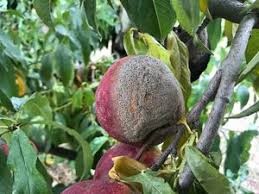
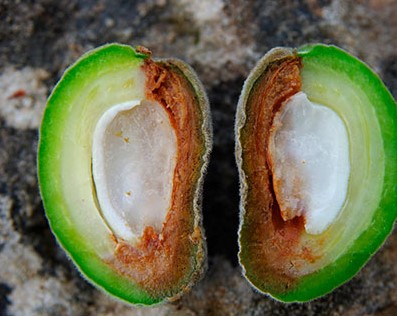
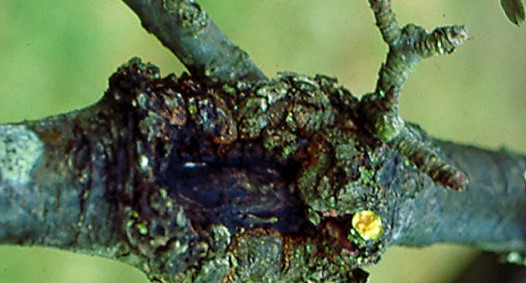
If the infection occurs during flowering phenology, it will be detected through the darkening of the flowers.
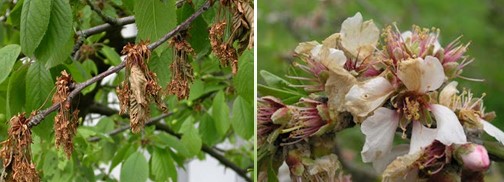
Approaches to controlling Monilinia
- Preventive measures: Pruning and disposing of infected branches and fruits are recommended preventive measures, with such pruning preferably done in the summer. It’s essential to monitor crops, ensuring they do not have wounds.
- Curative measures: Applying fungicides and fungistatics to flowering clusters is important as they are the first organs susceptible to attack, preventing further damage such as the formation of cankers or mummification.
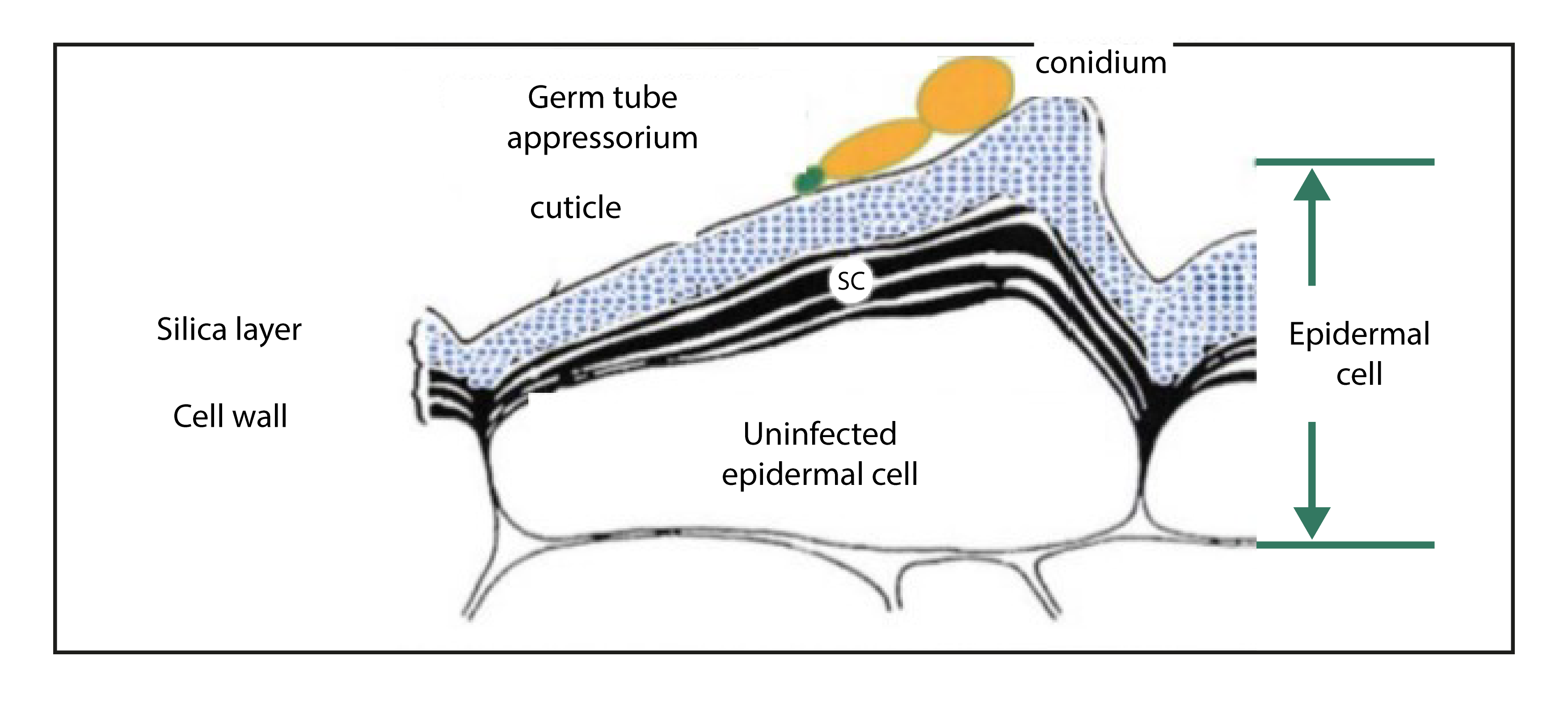
Cultifort Solutions for Alleviating Monilinia:
CultiSilk is a potassium solution with silicon and amino acids that strengthens plant growth and their resistance to environmental factors. It improves cellular structure, enhances photosynthesis, and increases resistance to water, heat, and biotic stress. Its use prevents lodging in cereals, fungal diseases, and attacks by sucking insects. Additionally, it reinforces plants’ ability to withstand strong winds, heavy rains, and chemical stress.
Applications
Apply preventively before critical moments of fungal attack. Repeat 2-3 times.
Contracted bibliography of efficacy, in case it is of interest to include based on the demonstration of the reduction effect of Monilia genera with silicon:
BIEL, K. & MATICHENKOV, V. 2008. Protective Role of Silicon in the Living System. Functional Foods for Chronic Diseases, Ed. D. Martirosian, D & A Inc., Richardson, TX, Pp. 208 – 231.
BUSTOS, G. 2017. Effect of a Silicon-based Compound on the Phytosanitary Management of CCN-51 Cocoa Cultivation. Agricultural Engineering Thesis, Armed Forces University.
SOURCES AND LEVELS OF SILICON IN THE INCREASE OF YIELD OF COCOA CULTIVATION (Theobroma cacao L.) AND REDUCTION OF MONILIASIS INCIDENCE.
QUERO, E. 2006. Silicon in Plant Protection, Fruit and Vegetable Protection and Nutrition. Mexico, 550 p.


